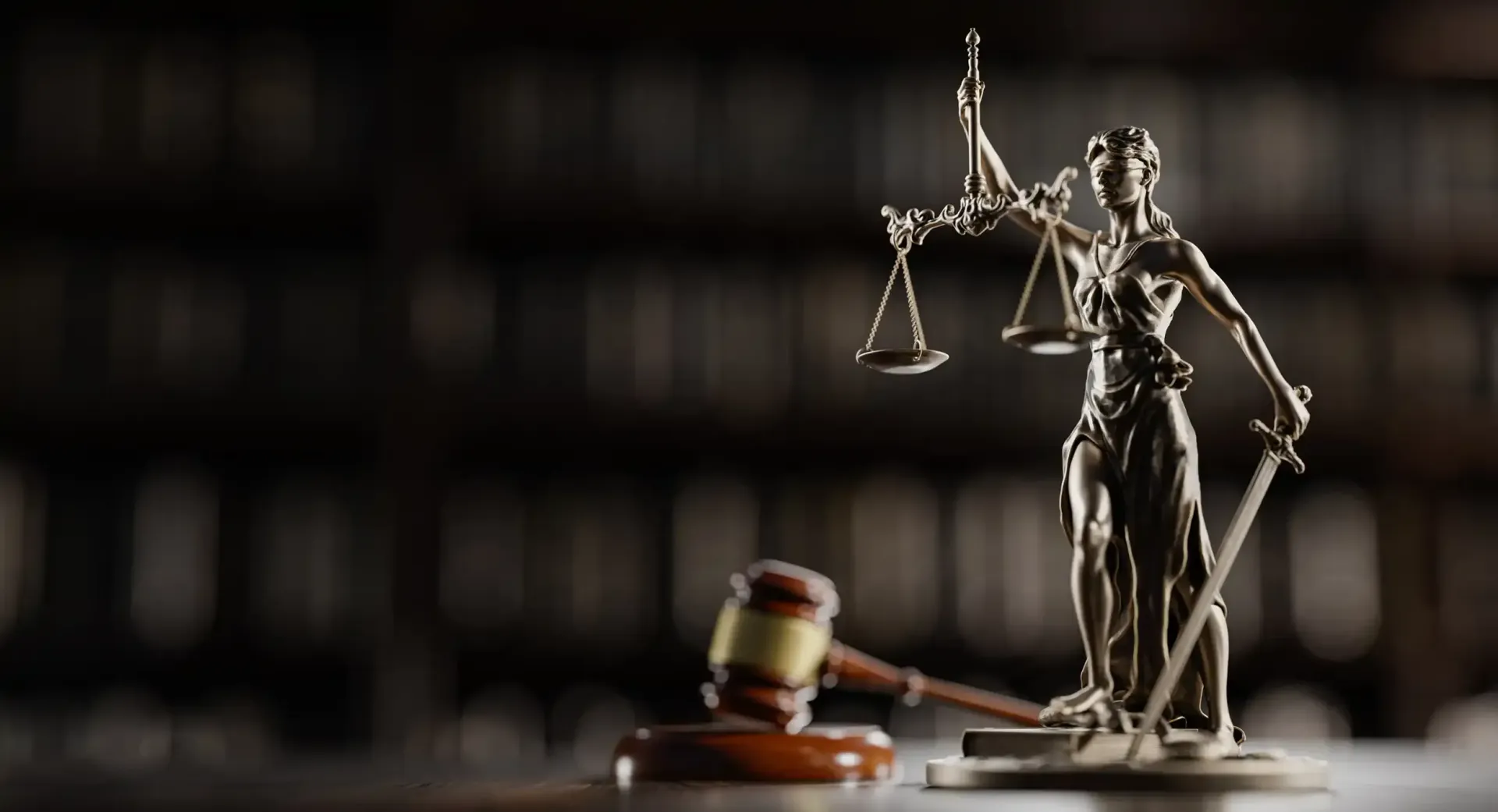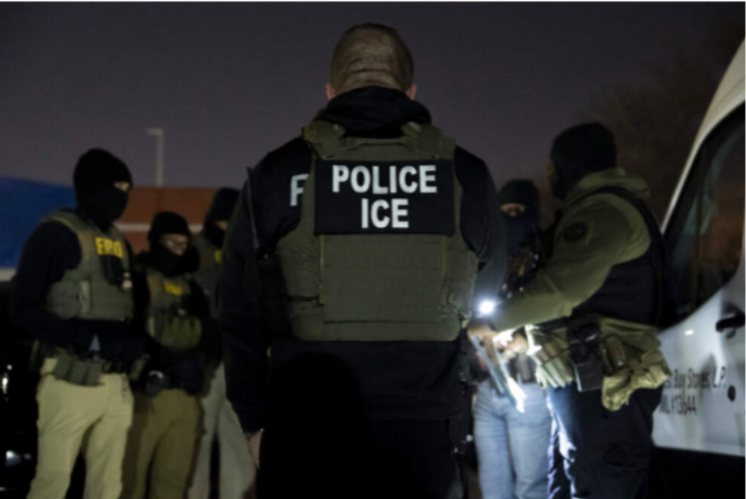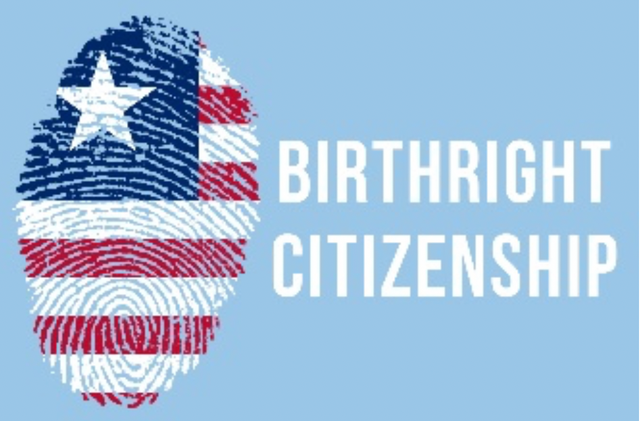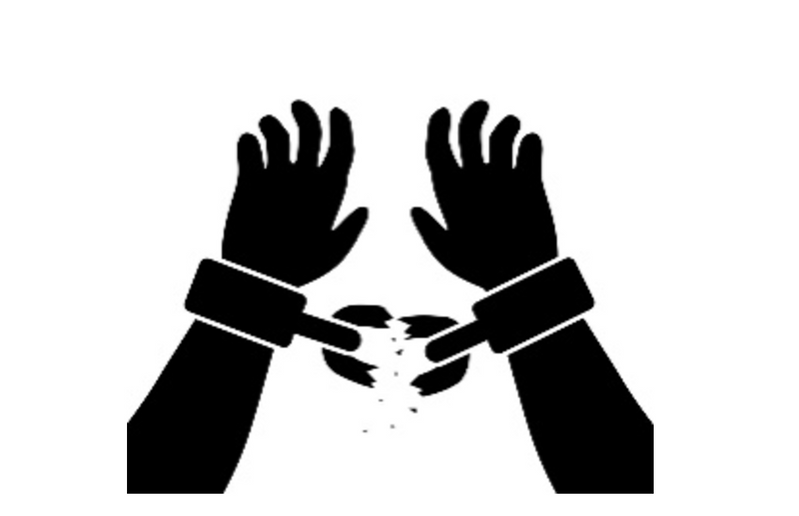GRANTS PASS V. JOHNSON – IS HOMELESSNESS A CRIME?
GRANTS PASS V. JOHNSON – IS HOMELESSNESS A CRIME?
“Today, the U.S. Supreme Court is hearing a major homelessness case for the first time in decades, with arguments over whether people can be punished for sleeping outside if there’s no shelter available. The decision could have sweeping implications for the record number of people living in tents and cars, and the cities and states struggling to manage them.” Supreme Court weighs whether cities can punish unhoused people for sleeping outside; Supreme Court preview: City of Grants Pass v. Johnson
According to the U.S. Department of Housing and Urban Development, there were an estimated 4,775 people experiencing homelessness on a single night in Wisconsin in 2022. How the Homelessness Problem in Wisconsin Compares to Other States. Chronic homelessness, in fact, has risen steadily since 2018, and increased nearly 30% between 2020 and 2023, which saw the highest number of individuals experiencing chronic patterns of homelessness – about 143,100 people – of any year since the survey began in 2007. The 25 U.S. Cities With Largest Homeless Populations. Wisconsin’s homelessness population is on the rise for the first time in a decade, a trend that will likely grow as federal pandemic-relief programs end and living costs continue to surge. Wisconsin’s homeless rate edges upward, after nearly a decade of a downward trend. In Wisconsin, 6,055 people were registered as homeless in 2014, but by 2021, that number had fallen to 4,237 — a 30% drop. As of 2023, Wisconsin reported 4,861 homeless individuals. Id.
There are specific population groups which are more likely to find themselves homeless. According to the 2023 Annual Homelessness Assessment Report to Congress:
- Men accounted for almost nine of every ten veterans experiencing homelessness in 2023 (88% or 31,231 veterans). This is similar to the share of veterans in the U.S. who are men (90%).
- Women veterans experiencing homelessness were much more likely to be in a household with a child under 18 years of age (8%) than their male counterparts (1%).
- In contrast to the population of individuals experiencing homelessness, in which women were more likely to be sheltered, women veterans experiencing homelessness were more likely to be found in unsheltered locations than their male counterparts (54% vs. 42%)
- The highest percentage of veterans experiencing homelessness were White (57%), followed by veterans who were Black, African American, or African (31%). This pattern is consistent across veterans experiencing sheltered or unsheltered homelessness.
- People who identify as Black, African American, or African were considerably overrepresented among veterans experiencing homelessness. Black veterans comprised 36 percent of veterans experiencing sheltered homelessness and 25 percent of veterans experiencing unsheltered homelessness but only 12 percent of all U.S. veterans. Conversely, while 57 percent of veterans experiencing homelessness were White, they were underrepresented compared to their share of all U.S. veterans, 75 percent.
- Veterans who identify as American Indian, Alaska Native, or Indigenous made up a higher share of the unsheltered veteran population than the sheltered (5% vs 2%) as did veterans identifying as multi racial (7% vs 4%).
- The percentage of veterans experiencing homelessness who identify as Hispanic/Latin was considerably smaller than the percentage of Hispanics among people experiencing homelessness as individuals (13% vs. 24%).
- From 2022 to 2023, the largest percentage increase in veterans experiencing homelessness occurred among veterans who identify as Asian or Asian American (a 51% increase, or 204 more veterans). Most of this increase (180 veterans) was among unsheltered veterans.
- Both male and female veterans experienced an increase in homelessness. With an additional 1,839 male veterans experiencing homelessness in 2023 than in 2022, men accounted for most of the increase in veterans experiencing homelessness over the last year. Tanya de Sousa et al., U.S. Dep’t of Hous. & Urb. Dev., The 2023 Annual Homelessness Assessment Report (AHAR) to Congress: Part 1, at 68 (2023)
Over the last 40 years, homelessness among women and children has seen a consistent, rapid increase. In fact, women and children were among the fastest growing segments of the homeless population during the 1980s and 1990s. Today, women account for 30% of the homeless population and children account for 17%. Id.; Jean Calterone Williams, “A Roof Over My Head”: Homeless Women and the Shelter Industry 1 (2d ed. 2016) (stating that women and children compromise a “surprising” subset of the “new” homeless).
More than 20 percent of people experiencing homelessness currently have a serious mental illness such as bipolar disorder or schizophrenia, compared with 5.6 percent of the general population.7 Individuals experiencing homelessness also report disproportionately high lifetime rates of mental health challenges. One study found that 27 percent of individuals experiencing homelessness had been hospitalized for a mental health condition, with more than half of those hospitalizations occurring prior to their first instance of homelessness. Guide Overview: Expanding Access to and Use of Behavioral Health Services for People Experiencing Homelessness 1 (Jan. 2023); Toward a New Understanding: The California Statewide Study of People Experiencing Homelessness 5 (June 2023). In addition, “the deleterious effects of homelessness on mental health have been established by research going back decades.” Deborah K. Padgett, Homelessness, housing instability and mental health: making the connections. Children, in particular, “are especially susceptible to the psychological effects of homelessness and housing instability.” Id.
Each year, nearly 4.2 million young people aged 13-25 across the United States experience some form of homelessness. Amy Dworsky et al., Chapin Hall at the Univ. of Chi., Missed Opportunities: Pathways from Foster Care to Youth Homelessness in America 1, 16 (2019), (“Homelessness describes the experience of sleeping in places in which people are not meant to live, staying in shelters, or temporarily staying with others (‘couch surfing’) and not having a safe and stable alternative.”). One study found that 1 in 10 youth ages 18 to 25 and at least 1 in 30 youth ages 13 to 17 will be unhoused over the same 12-month period. Matthew Morton et al., Chapin Hall at the Univ. of Chi., Missed Opportunities: Youth Homelessness in America National Estimates 5 (2017).
Of course, “[f]ormerly incarcerated people are almost 10 times more likely to be homeless than the general public.” Lucius Couloute, Nowhere to Go: Homelessness Among Formerly Incarcerated People, Prison Policy Initiative (Aug. 2018). This effect is even more pronounced for people who have experienced multiple terms of incarceration. See id.
It is therefore no exaggeration to say that people who are homeless are often the people with the smallest voice in our society. The Eighth Amendment guarantees that “Excessive bail shall not be required, nor excessive fines imposed, nor cruel and unusual punishments inflicted.” U.S. Const., amend. VIII. The Amendment embodies “‘broad and idealistic concepts of dignity, civilized standards, humanity, and decency . . .,’ against which we must evaluate penal measures. Thus, punishments are repugnant to the Eighth Amendment which are incompatible with ‘the evolving standards of decency that mark the progress of a maturing society.’” Estelle v. Gamble, 429 U.S. 97, 102 (1976). More specifically, the Eighth Amendment prohibits punishment for behaviors inseparable from people’s innocent or involuntary status, such as being unhoused; such punishments are also unconstitutionally disproportionate. See Robinson v. California, 370 U.S. 660, 667 (1962) (“Even one day in prison would be a cruel and unusual punishment for the ‘crime’ of having a common cold.”).
Making criminals of people forced to sleep in the park— involuntarily homeless people—is not a constitutionally permissible tool. By exacting punishments that cannot advance a “legitimate penological justification” in “any substantial way,” and by punishing people based on their involuntary status and inflicting injury grossly disproportionate to the underlying “offense,” anti-sleeping ordinances fail to comply with the Eighth Amendment’s prohibition against cruel and unusual punishment. See Ingraham v. Wright, 430 U.S. 651, 667 (1977); Graham v. Florida, 560 U.S. 48, 71 (2010), as modified (July 6, 2010); Solem v. Helm, 463 U.S. 277, 297 n.22 (1983).
If a defendant presents evidence that defendant slept in a public place because his alternatives were inadequate and economic forces were primarily to blame for his predicament, s/he may present a defense of necessity. In re Eichorn, 81 Cal. Rptr. 2d 535, 540 (Ct. App. 1998) (permitting a homeless man, arrested for sleeping in a public location, to raise the necessity defense); Johnson v. Dallas, 860 F. Supp. 344, 350 (N.D. Tex. 1994), rev’d on other grounds, 61 F.3d 442 (5th Cir. 1995) (ordinance violated the Eighth Amendment in that at any given time there are persons in Dallas who have no place to go, who could not find shelter even if they wanted to – and many of them do want to – and who would be turned away from shelter for a variety of reasons.). See 1 Wayne R. LaFave & Austin W. Scott, Jr., Substantive Criminal Law 5.4(a) (1986) (explaining that “one who, under the pressure of circumstances, commits what would otherwise be a crime may be justified by “necessity’ in doing as he did and so not be guilty of the crime in question”); Michael M. Burns, Fearing the Mirror: Responding to Beggars in a “Kinder and Gentler” America, 19 Hastings Const. L.Q. 783, 809 (1992) (discussing the application of five common law elements of the necessity defense to the crime of begging); Robert C. McConkey III, “Camping Ordinances” and the Homeless: Constitutional and Moral Issues Raised by Ordinances Prohibiting Sleeping in Public Areas, 26 Cumb. L. Rev. 633, 658-59 (1995-1996) (discussing potential factors that courts could utilize in determining the application of the necessity defense); Donald E. Baker, Comment, “Anti-Homeless” Legislation: Unconstitutional Efforts to Punish the Homeless, 45 U. Miami L. Rev. 417, 452-53 (1991) (applying a hypothetical example of a homeless woman arrested for sleeping on the street to the four traditional elements of the necessity defense. But see David M. Smith, Note, A Theoretical and Legal Challenge to Homeless Criminalization as Public Policy, 12 Yale L. & Pol’y Rev. 487, 508 (1994) (advocating for the application of the defense of duress to anti-homeless ordinances over the defense of necessity). See also Davidson v. Tucson, 924 F. Supp. 989, 993 (D. Ariz. 1996) (discussing the plaintiffs’ claim that the anti-camping ordinance violated their right to travel, a fundamental constitutional right); Pottinger v. City of Miami, 810 F. Supp. 1551, 1554 (S.D. Fla. 1992) (noting that members of the class of plaintiffs could not raise the defenses of necessity or duress to contest an ordinance that criminalized sleeping and eating in public places because authorities released the arrested plaintiffs from custody without being charged)
If you have questions, Attorney Paul Ksicinski is here for you. Contact him at 414-261-6222.











